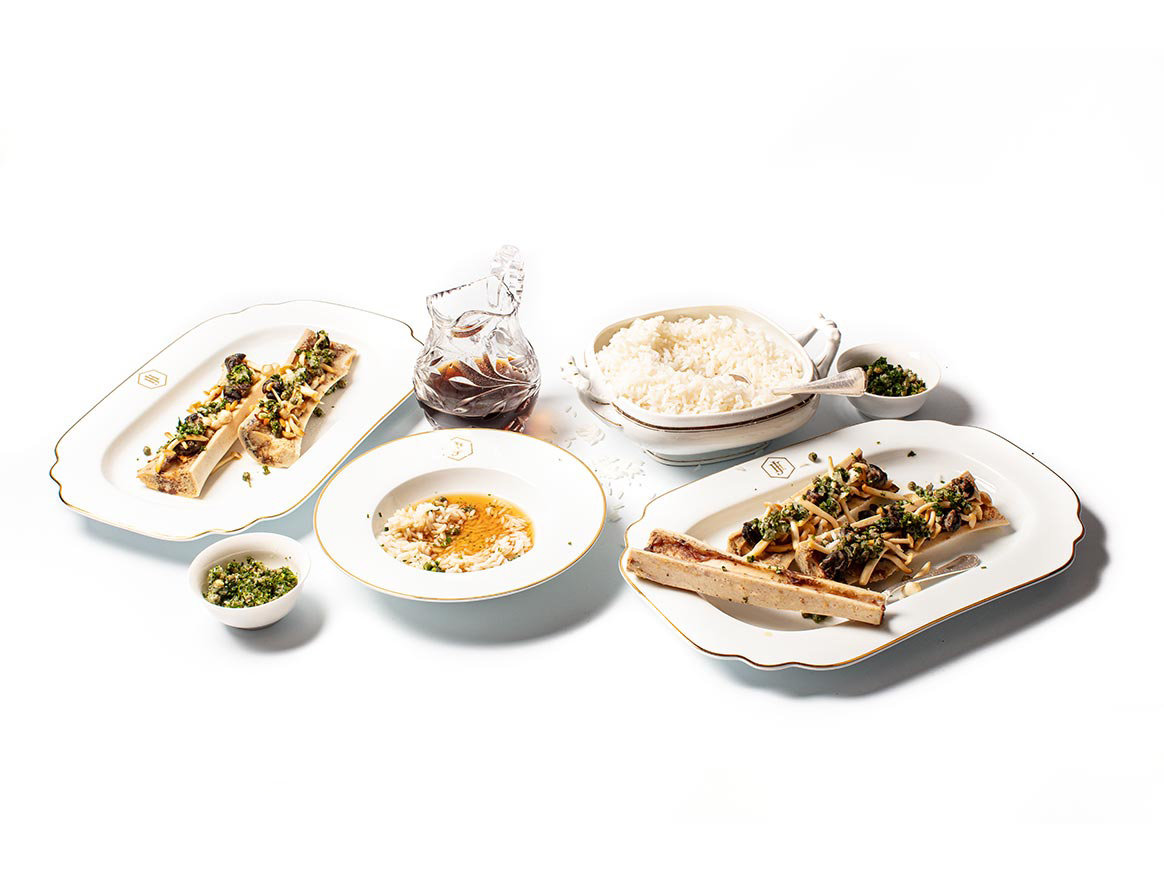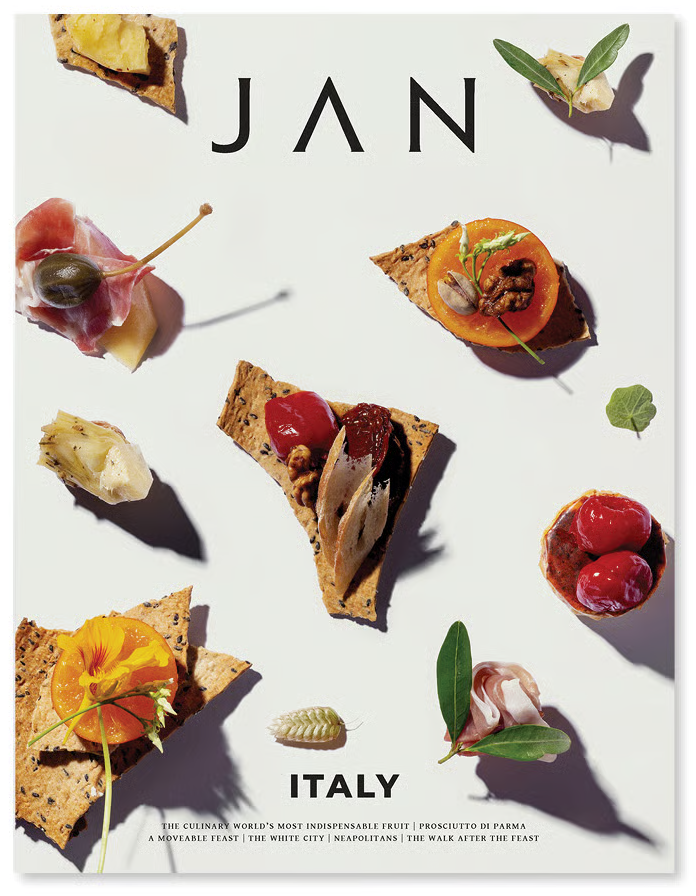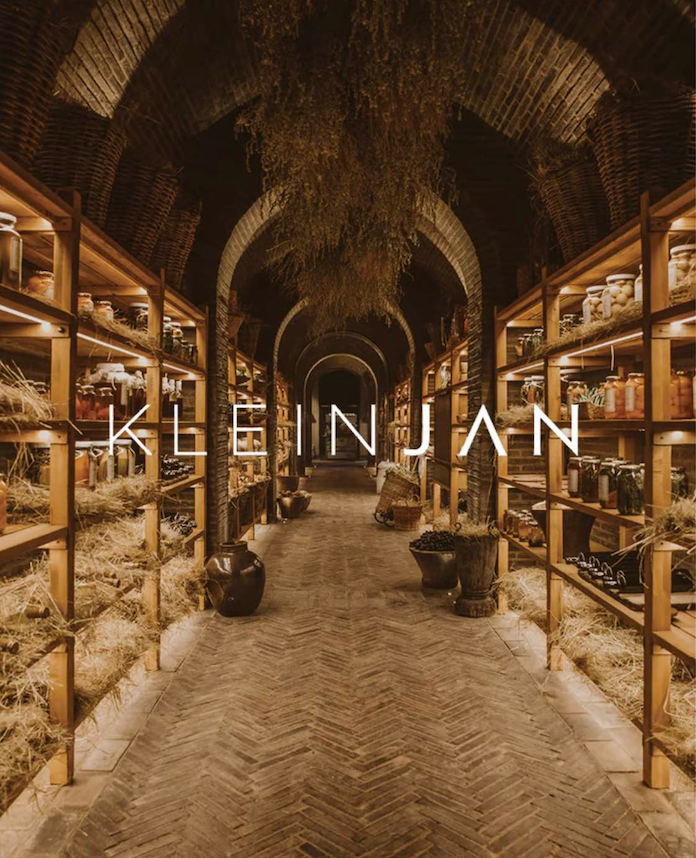The Fountain of Youth
How to include more collagen in your diet
It’s a universal, albeit slightly uncomfortable, truth that we’re all a bit obsessed with youth. As much as we can blame it on social media and today’s slightly less than realistic beauty standards, the obsession with youthfulness is scattered throughout hundreds of years of human history. Cleopatra used to bathe in donkey milk to keep her skin youthful, the American region now known as Florida was discovered by Spanish conquistadors looking for the Fountain of Youth, and Elizabethan-era women would place raw meat on their face to stave off wrinkles. collagen
From face masks and serums to face yoga sessions or slightly more, ahem, clinical solutions, the odds are we’ve all tried some remedy or another to give our skin a youthful boost. But as is often the case, one of the best remedies to looking and feeling our best can be found in our diets.

Recent years have brought collagen, the protein that gives our skin its structure, suppleness, and stretch, to the forefront of people’s minds (and diets). Collagen has more than just aesthetic benefits, it’s also a vital addition to ensure muscle and bone health, but our bodies naturally produce less collagen as we age. Luckily, there are natural remedies to ensure you’re still getting a fair dose, and multiple foods are high in collagen levels.

Bone marrow
Bone marrow isn’t just delicious, it’s also full of collagen, making it great for your skin and bones. It also has high levels of glucosamine which can help osteoarthritis, joint pain and reduces inflammation in the joints. Bonus!
Chicken
Thanks to all the connective tissue in chicken it’s a great source of dietary collagen, especially if you eat it with the skin on. It’s also full of an amino acid called glycine that can increase collagen production.
Sardines
Collagen in fish is found mostly in the pieces that you might not want to eat, like the eyes, scales or head, but fish skin also has a high concentration of Type 1 collagen, so if you’re eating a fish dish like salmon you should keep the skin on or eat a fish where you typically eat the whole thing, like a sardine.
Vitamin C rich fruits (and veg)
There are plenty of reasons why you should include vitamin C in your diet, especially since our bodies don’t produce it naturally, and helping your body produce collagen is another one you can add to the list. Citrus fruits and berries like blueberries, raspberries, strawberries, blackberries are all a great way to add vitamin C to your diet and give your skin a natural glow. Don’t forget the veggies either. A cup of cooked or raw broccoli delivers a full day’s dose of vitamin C.
Beans
Beans are an affordable, high-protein food that contain high concentrations of the amino acids necessary for collagen production.
Eggs
Don’t forget the yolk! Egg yolks contain collagen as well as other proteins that keep our skin and hair healthy, and the egg white contains amino acids that help collagen production in our bodies.
Dark leafy greens
Rocket, spinach, kale and collard greens, while not necessarily the life of the food party, all have amazing health and nutrient benefits. They contain high levels of antioxidants and vitamin C along with chlorophyll, which can help produce procollagen, the precursor to that oh-so-coveted collagen.
















